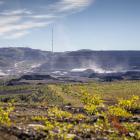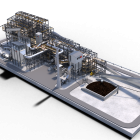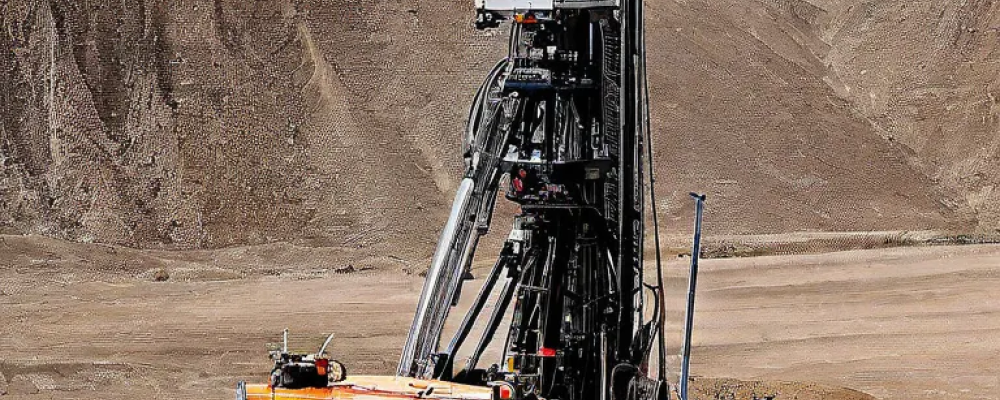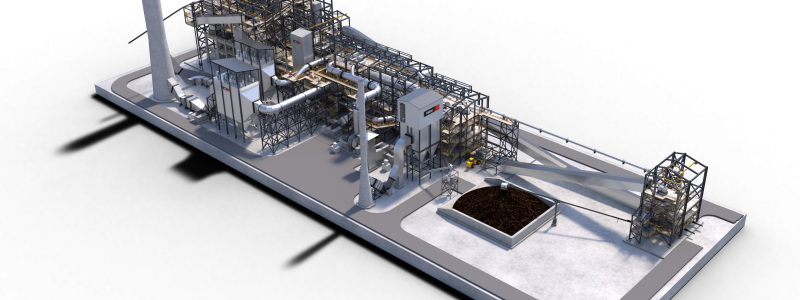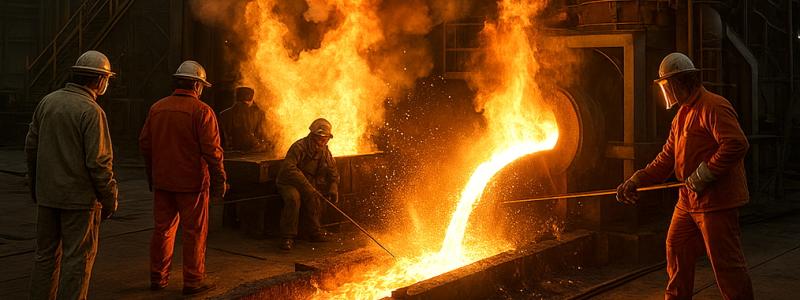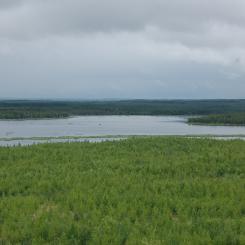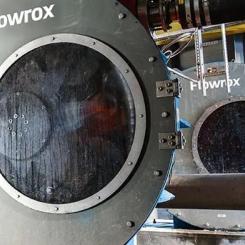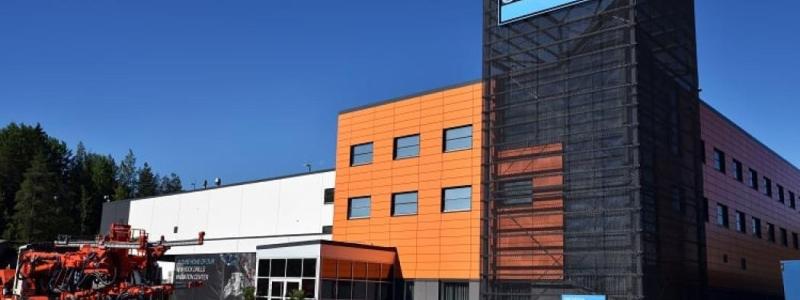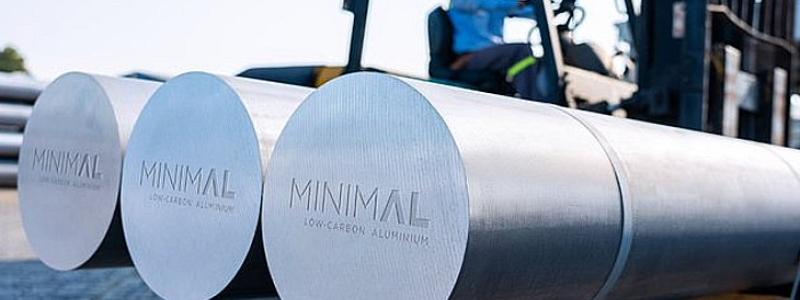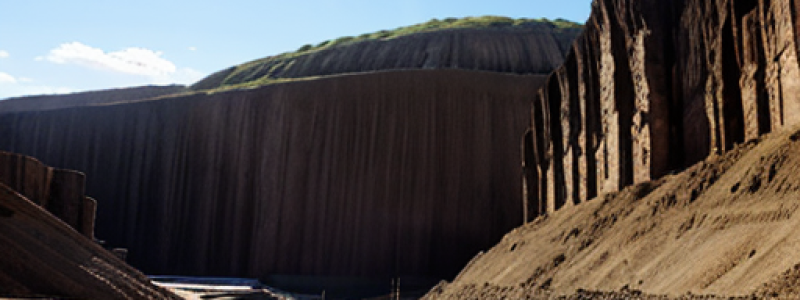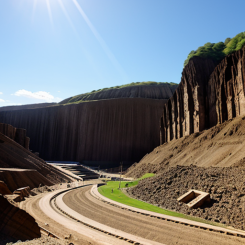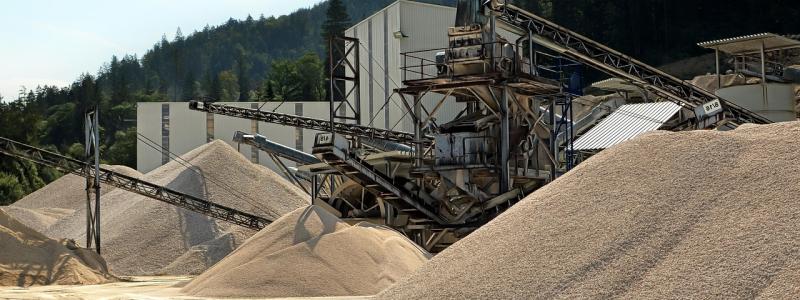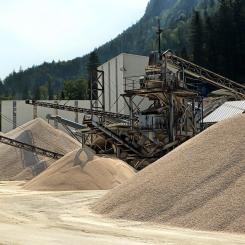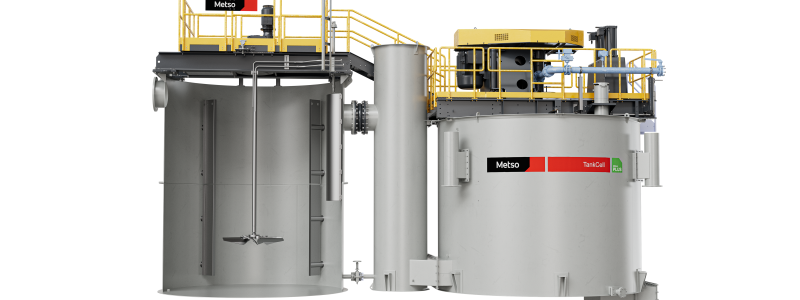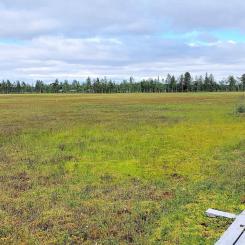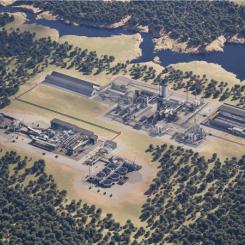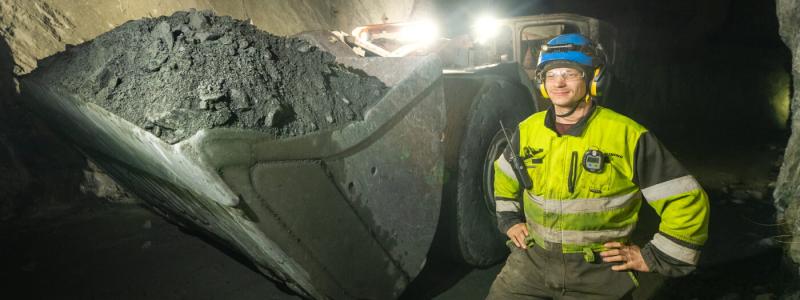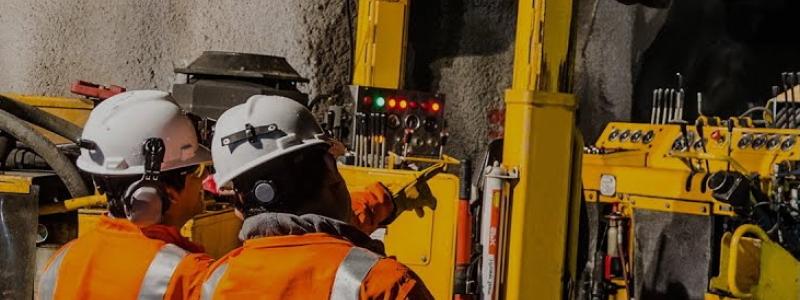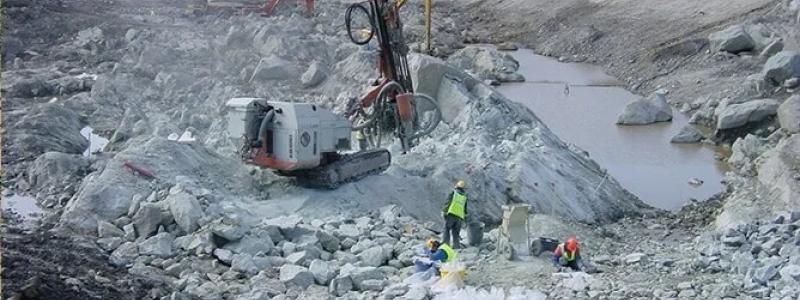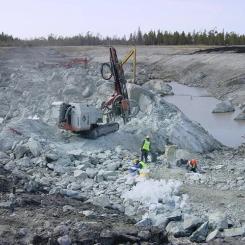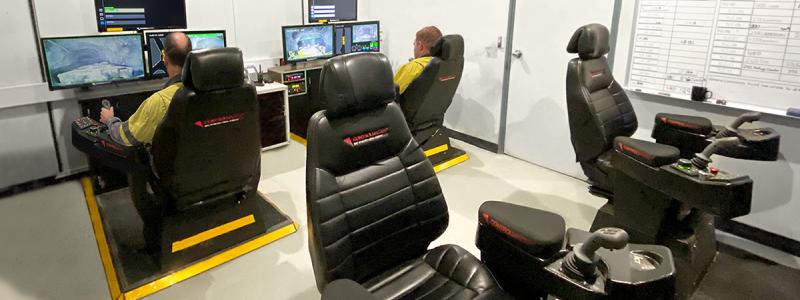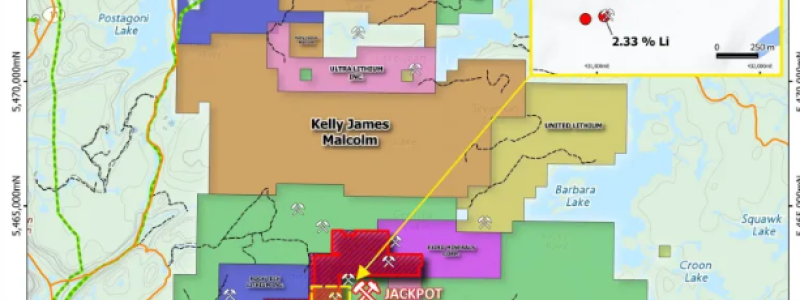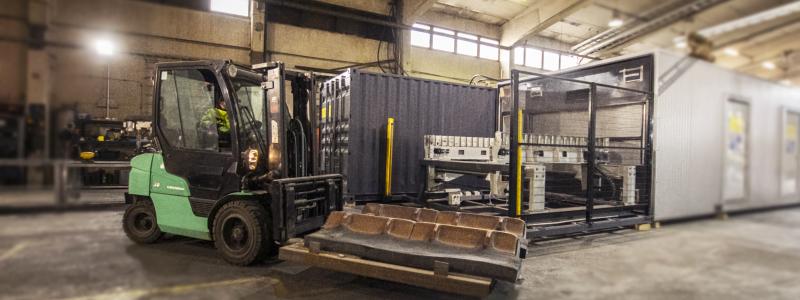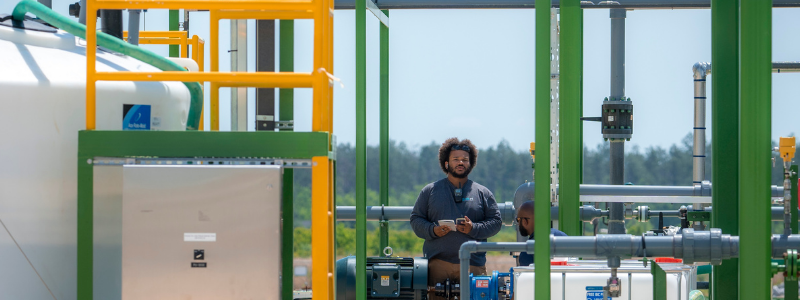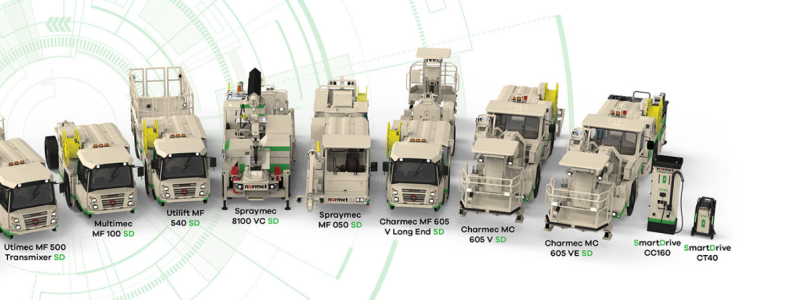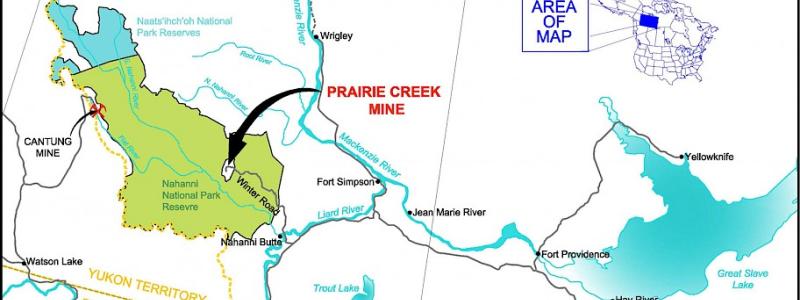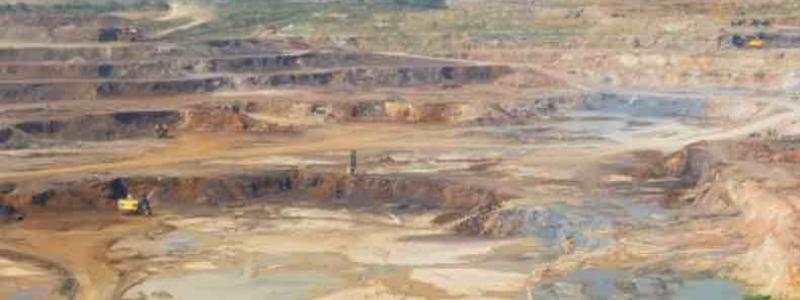By Simon Matthis
The world is changing—and so are the metal and mining industries. Geopolitics has become an increasingly significant factor, influencing all aspects of the global economy.
Whether we like it or not, tariffs and import restrictions are reshaping global trade dynamics. Governments worldwide are now forced to navigate these changes, placing a premium on strategic advantage, resilience, and the security of supply.
According to Mikael Wigell, visiting professor at College of Europe in Brussels, efficiency is no longer seen as the "ultimate virtue”. Instead, strategic advantage has emerged as a core objective, ushering in a new paradigm of “strategic capitalism”—a system in which governments actively direct investment to bolster national security and enhance geopolitical leverage.
Offshoring is giving way to "friendshoring," and the old logic of borderless efficiency is being replaced by a new focus on "de-risking”. This shift is all about securing stable, trusted supply chains, where reliability outweighs the drive for cost reduction.
But the mining and metals industries face their own hurdles —intrinsic to the sectors’ specific dynamics and complexities, and not necessarily found in other industries.
According to the British consultancy firm EY’s latest report, “Top 10 Business Risks and Opportunities for Mining and Metals in 2026,” operational complexity has become the mining sector’s leading challenge.
The report concludes that a major shift is underway in the industry — “from strategic to operational risks, and from prioritizing shareholder returns to reinvesting for growth”.
EY’s mining risk barometer is an annual survey that has been published for the past two decades and draws on input from 500 mining professionals worldwide.
So why is now “operational complexity” mining’s top 1 challenge? The answer is that easily accessible deposits are becoming increasingly scarce, and global ore grades continue to decline. (For example, the average grade of copper mined worldwide has fallen by roughly 40% since 1991, according to the EY report). As a result, achieving profitability is becoming more difficult. Mining operations are being pushed to greater depths or into more remote regions, where yields are lower and conditions more demanding. This trend requires increasingly specialized expertise in areas such as geotechnics, logistics, and hydrology.
Another key conclusion of the report highlights a fundamental paradox: demand for minerals — particularly those essential to energy-transition and digital technologies — is surging, yet investment in projects is falling. This disconnect is tied to the sector’s second-ranked risk: cost and productivity. Production variability is a significant driver of cost and productivity pressures, exacerbated by siloed operating models.
While the rising demand for metals presents substantial opportunities, EY advises that mining companies, investors, and stakeholders will need to rethink traditional operating methods and unlock value through innovation and collaboration over the next 12 months.


